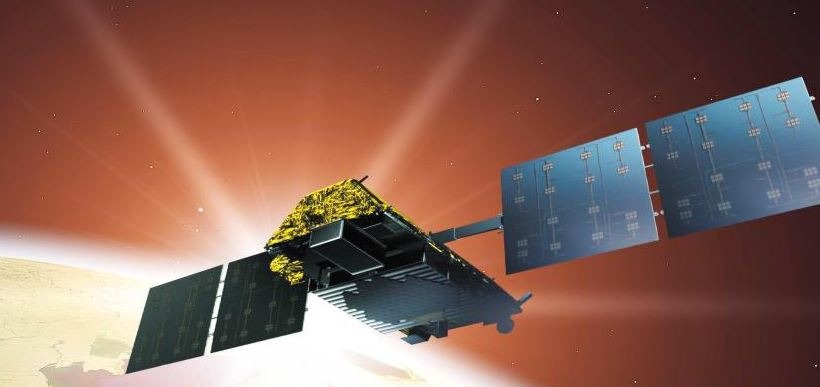In a September 2016 CONEXPO-CON/AGG news article entitled “GNSS: The Next Generation,” Satelles STL technology is highlighted and explained by Iridium executive VP, Brian Hartin:
“The global navigation satellite system has evolved quite a bit during the past few years, but particularly in the form of a new alternative to the traditional GPS system,” says Bryan Hartin, executive vice president, Iridium Communications.
In May, the company introduced a new solution called Satellite Time and Location (STL), which can serve as an alternative or companion to traditional location-based technologies. This particular solution includes position, navigation, and timing information, including GPS-denied areas, such as inside building or in occluded environments.
When looking specifically at the value for the construction industry, Hartin says GNSS helps in remote areas without terrestrial network coverage. “First, being able to verify that you’re in the right location, and second, that you can track those assets you have on the ground in realtime—these factors are invaluable for resource management and increasing efficiently,” he explains.
Perhaps one of the key benefits of GNSS is eliminating the “lone worker.” Today, many lone workers operate outside of cellular coverage, making GNSS crucial. Hartin says countries like Canada and Australia have enacted legislation to ensure lone workers are properly protected.
“These workers, especially in terms of survey work, regularly enter areas lacking terrestrial-based cellular coverage as the first step to introduce that very type of infrastructure and on-the-ground connectivity including roadways, railways, powerlines, and more,” explains Hartin. “The only way to guarantee businesses maintain a complete view of their lone workers, and ensure compliance with regional connectivity and employee safety requirements in remote areas around the world, is with a global satellite-based solution.” Link to complete article



